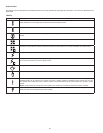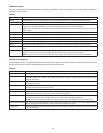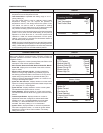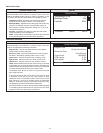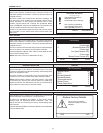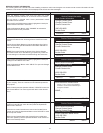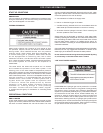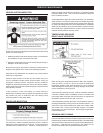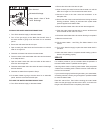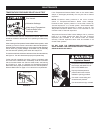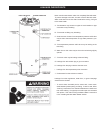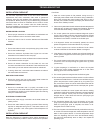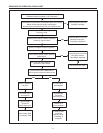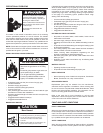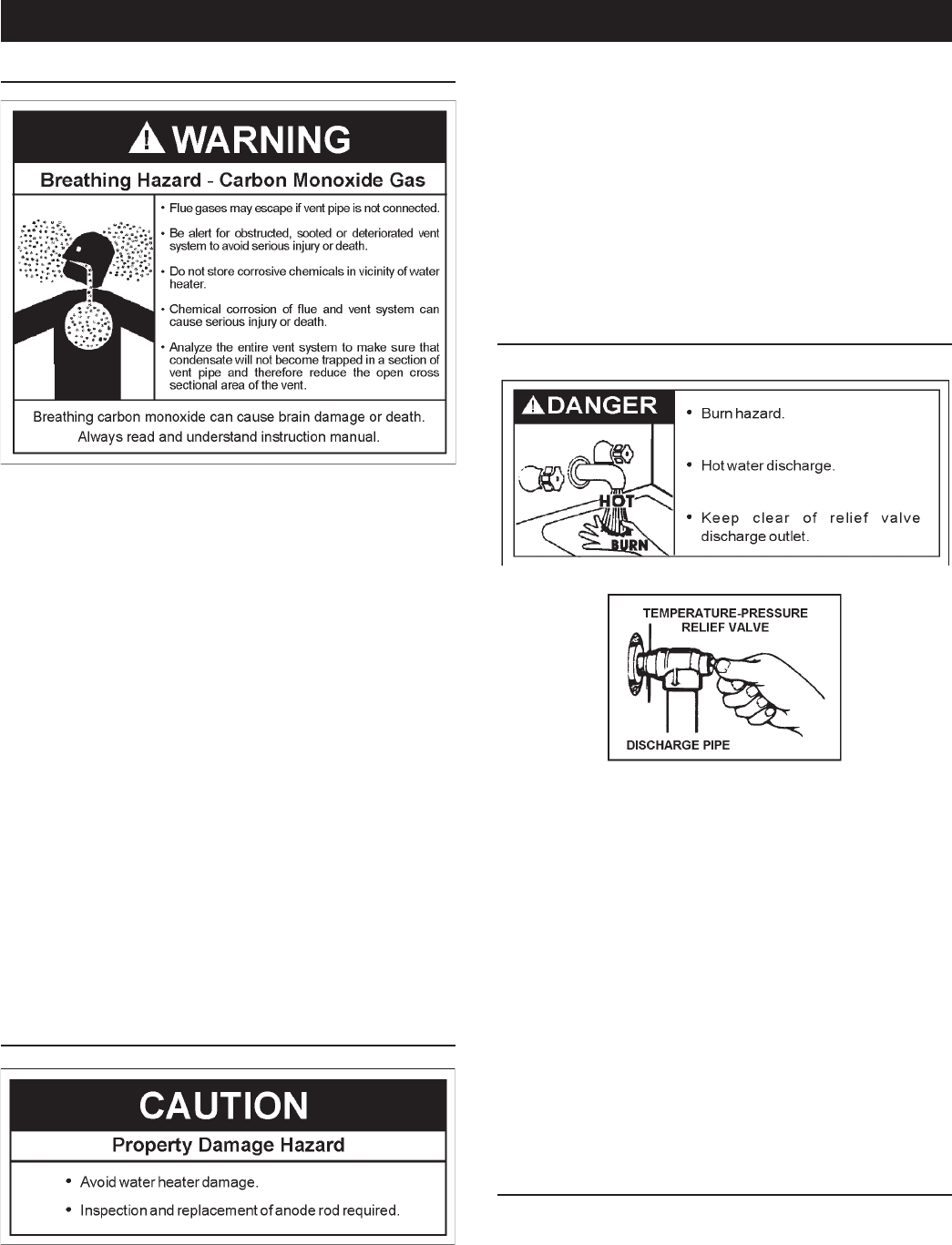
46
VENTING SYSTEM INSPECTION
At least once a year a visual inspection should be made of the venting
system. You should look for:
1. Obstructions which could cause improper venting. The combustion
and ventilation air ow must not be obstructed.
2. Damage or deterioration which could cause improper venting or
leakage of combustion products.
Be sure the vent piping is properly connected to prevent escape of
dangerous ue gasses which could cause deadly asphyxiation.
Obstructions and deteriorated vent systems may present serious
health risk or asphyxiation.
Chemical vapor corrosion of the ue and vent system may occur
if air for combustion contains certain chemical vapors. Spray can
propellants, cleaning solvents, refrigerator and air conditioner
refrigerants, swimming pool chemicals, calcium and sodium chloride,
waxes, bleach and process chemicals are typical compounds which
are potentially corrosive.
If after inspection of the vent system you found sooting or
deterioration, something is wrong. Call the local gas utility to correct
the problem and clean or replace the ue and venting before
resuming operation of the water heater.
ANODE ROD INSPECTION
The anode rod is used to protect the tank from corrosion. Most hot
water tanks are equipped with an anode rod. The submerged rod
sacrices itself to protect the tank. Instead of corroding the tank,
water ions attack and eat away the anode rod. This does not affect
the water’s taste or color. The rod must be maintained to keep the
tank in operating condition.
Anode deterioration depends on water conductivity, not necessarily
water condition. A corroded or pitted anode rod indicates high water
conductivity and should be checked and/or replaced more often than
an anode rod that appears to be intact. Replacement of a depleted
anode rod can extend the life of your water heater. Inspection should
be conducted by a qualied technician, and at a minimum should be
checked annually after the warranty period.
TEMPERATURE-PRESSURE
RELIEF VALVE OPERATION
FIGURE 36.
When checking the temperature-pressure relief valve operation,
make sure that (1) no one is in front of or around the outlet of the
temperature-pressure relief valve discharge line, and (2) that the
water discharge will not cause any property damage, as the water
may be extremely hot, see Figure 36.
If after manually operating the valve, it fails to completely reset and
continues to release water, immediately close the cold water inlet
to the water heater, follow the draining instructions, and replace the
temperature-pressure relief valve with a new one.
If the temperature-pressure relief valve on the appliance weeps or
discharges periodically, this may be due to thermal expansion. You
may have a check valve installed in the water line or a water meter
with a check valve. Consult your local water supplier or a qualied
service agency for further information. Do not plug the temperature-
pressure relief valve.
DRAINING AND FLUSHING
It is recommended that the water heater storage tank be drained and
ushed every 6 months to reduce sediment buildup. The water heater
should be drained if being shut down during freezing temperatures.
See Figure 1, Features And Components in this manual for the
location of the water heater components described below.
PERIODIC MAINTENANCE



